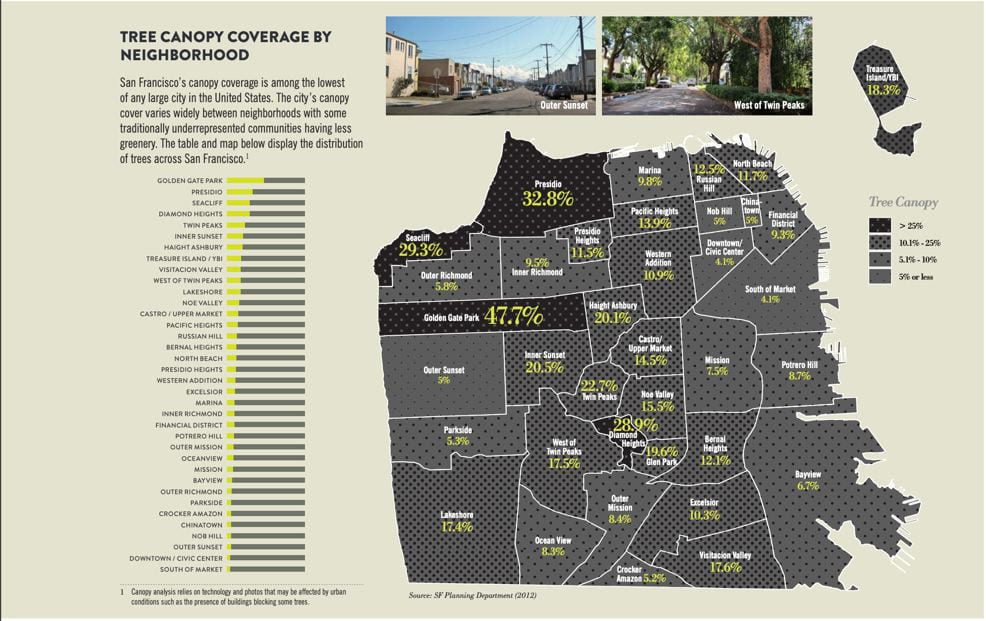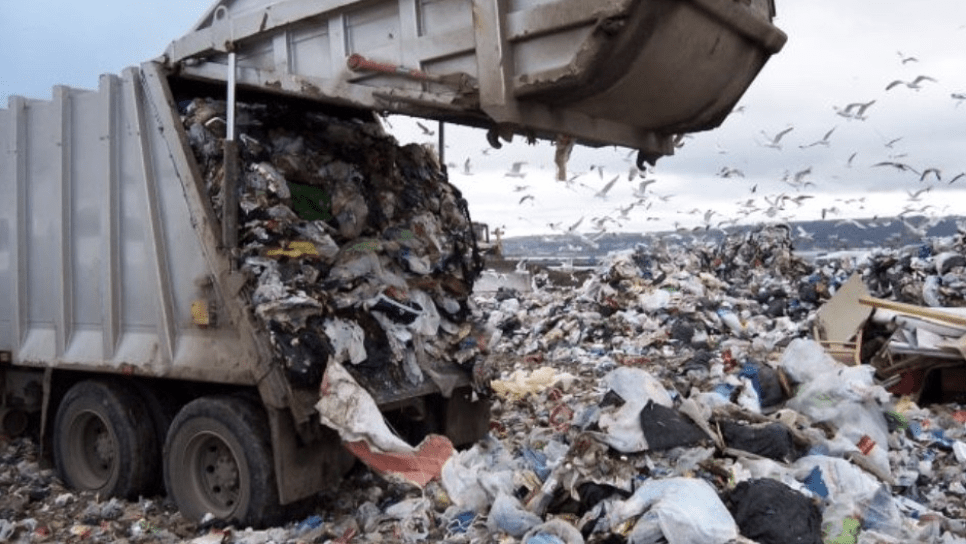Mycoremediation: How Fungi Can Repair Our Land

For centuries, mushrooms have been eaten by people due to their richness in flavor and high protein content, but there is so much more to mushrooms than just being produce. Fungi have a unique propensity for breaking down chemical pollutants, including oil and pesticides, and extracting or binding heavy metals, even radiation (Ali & Di, 2017). Fungi are even able to filter water, supporting countless life cycles that are regenerative for ecosystems. Mycoremediation is a method that utilizes fungi mycelium (the vegetative part of a fungus) in contaminated soil sites as a remedial treatment. The enzymes produced by a mushroom are efficient in breaking down a lot of different pollutants. At heart, this method is about employing fungi’s natural capabilities of decomposition to restore and regenerate land.
Heavy metals and toxic chemicals accumulating in our environment is an ever persisting and serious issue. These toxins end up in our food chain (such as heavy metals, PCBs, and dioxins) and bioaccumulate, which is the “gradual accumulation of a certain chemical into the living tissue of an organism from its environment [and] may result from direct absorption from the environment or from ingestion of food particles” (Institute, 2020). Fungal mycelia can remove these toxins in the soil before they are able to enter our food supply and ultimately us.
Applications
Breaking Down Protective Wear
Mycelium is the fungi’s root system; these are underground web-like white threads called hyphae that are connected to one another in soil and other moisture-rich environments such as rotting tree trunks that seek nutrients to supply the mycelial network. One of nature’s most resilient living organisms is mycelium. It is both fire-resistant and water-retardant (Institute, 2020) and has turned out to be an amazing tool for environmental remediation efforts.
Certain species of fungi are even being “trained” in labs to digest waste like polypropylene face masks and plastic gloves (Alexander, 2019) that are found in abundance, discarded on the ground in this age of COVID. A majority of the breakdown occurs before the fruiting body is formed; the toxins/wastes are fully absorbed by the fungus typically within a few weeks (Alexander, 2019). On a grander scale, fungi are employed to regenerate land after environmental disasters such as wildfires and offshore oil spills.
Post-Wildfire
Living in the San Francisco Bay Area, we can all agree that wildfires are an increasing issue. Fire return intervals are becoming shorter and shorter, and fire severity is continuously becoming more intense due to anthropogenic influences and global climate change. Ecologists have begun to utilize mushrooms in order to repair soil that has been severely scorched by strategically growing a variety of oyster mushrooms to help break down toxic ash into bio-available compounds.
After the wildfires that burned through the North Bay in October 2017, the environmental aftermath was astounding, with a toxic mess of record-breaking levels of air pollution, not to mention the human toll, with 43 people dead and 100,000 displaced (Alexander, 2019). Burned hazardous household wastes and building materials created an inconceivable amount of dangerous ash. Think of what burns when a house burns… cleaning products, fertilizers, electronics, propane tanks, paint. What happens to these materials when they are consumed in a wildfire? They leave behind arsenic, asbestos, copper, hexavalent chromium, lead, zinc, and more pollutants (Alexander, 2019). The next threat would come when the rains do. Once the rains start, all these toxins would be washed downhill into streams and ponds, and pose a threat to the water supply for over 700,000 individuals in the area.

Image Courtesy of: John Burgess
In an effort to prevent further contamination and tragedy, state and federal workers cleaned up a lot of the toxic charred debris. In Sonoma County fire remediation experts, local businesses, and ecological activists banded together to help clean up what still remained of the toxic mess. This group, with efforts from the Fire Remediation Action Coalition, packed over 40 miles of wattles with straw, set them up for erosion control, and inoculated the entirety with oyster mushroom spores (Alexander, 2019). These wattles were placed strategically to create makeshift channels that would divert runoff away from threatened waterways, and the mushrooms would aid in further absorption of toxins that would be in the runoff water.
The Takeaway
There is a lot of evidence that proves to us that mushrooms are extremely capable of remedying areas that are polluted with different types of wastes, which is very exciting and promising for the future of land remediation. However, this science is still in its infancy and further research needs to be done to support the widespread use of this method. A very plausible way of saving our world is through fungi. If we were able to harness fungi’s inherent ability to degrade many substrates including toxic material, we would have a very good tool to remedy what we have destroyed. But we need more focused efforts in this area, and we need more passionate people who think outside of the box and see the potential nature has for repairing itself if properly guided by our caring hands.


